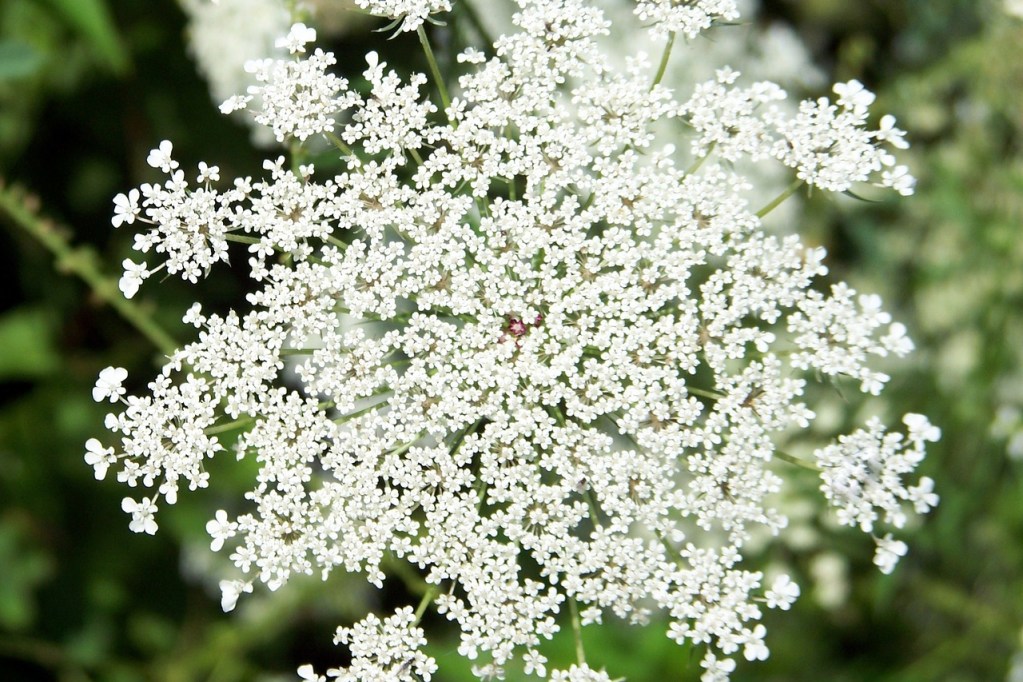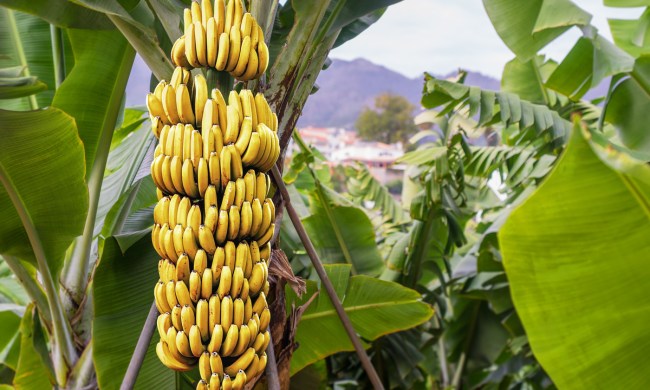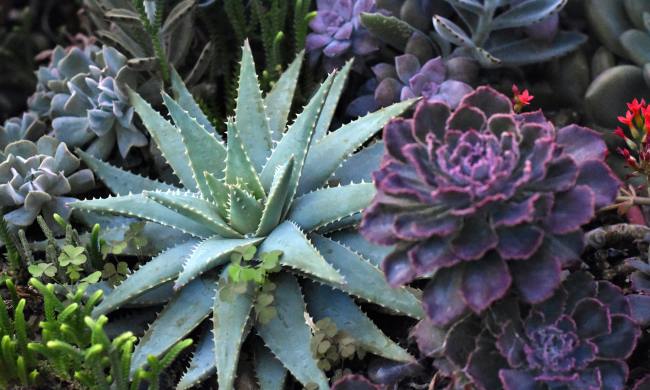Queen Anne’s lace is an elegant, regal-looking flower that lives up to its name, but it also has a habit of spreading. While it may look like the perfect addition to any whimsical or elegant-themed garden, it can sometimes be more trouble than it’s worth. If you want to know how to safely grow Queen Anne’s lace in your garden or how to get rid of it if it’s taking over, then we’re here to help. This guide to Queen Anne’s lace will answer all your questions, from where it came from to how to control its spread.
Where is Queen Anne’s lace native to?

Queen Anne’s lace was originally native to parts of Europe and Asia. Early colonists brought it to the U.S. as a medicinal herb, and it was primarily used to treat kidney and liver problems. However, it escaped their gardens. Now, it can be found across most of the U.S., and is considered an invasive plant and a noxious weed.
Controlling Queen Anne’s lace is difficult for a few reasons. It produces many seeds, allowing it to spread quickly. Queen Anne’s lace is also biennial, meaning it doesn’t flower until its second year of growth. This makes it difficult to control, since you may not realize it has spread into your yard until after it’s already established. The last factor that makes it difficult to control is how lovely the flowers look. Many people choose to leave Queen Anne’s lace alone because it is pretty, meaning there are plenty of flowers left to produce seeds.
Controlling the spread of Queen Anne’s lace

The best way to keep Queen Anne’s lace from taking over your garden is to pull up or cut down any plants that grow. Ideally, you should do this before the plants have a chance to develop seeds, but this isn’t always possible. Wear gloves when pulling Queen Anne’s lace up, as it can cause skin irritation. You can use herbicides to control their spread, but this is best done in spring when the plant is actively growing. Additionally, keep your other plants, both in your garden and in your lawn, strong and healthy to help them compete with the Queen Anne’s lace.
If you want to grow Queen Anne’s lace in your garden, then these techniques can help you keep the plant from spreading outside of the limits you’ve placed for it. Keep a close eye on your garden and the area around it, and remove any new Queen Anne’s lace plants the moment you find them. Due to how many seeds they release, this can be a tedious task, so you may want to consider growing Queen Anne’s lace in a container. You can also cut the flowers off before they produce seeds. Queen Anne’s lace does make an excellent cut flower display.
Growing Queen Anne’s lace in a container

As you might suspect from how far it has spread across the U.S., Queen Anne’s lace is extremely adaptable. It can grow in almost any soil type, as well as in most lighting conditions. It does struggle in flooded soil and deep shade, though. Plant your Queen Anne’s lace in a deep pot with proper drainage holes to allow excess water to escape. Position your Queen Anne’s lace in full sun to partial shade.
Water it occasionally, but let the soil dry out between waterings. Queen Anne’s lace recovers from underwatering more easily than it does overwatering. You don’t need to fertilize Queen Anne’s lace. In fact, it will grow quite well even in poor soil. If your Queen Anne’s lace is close to your yard or garden, some seeds could still spread, so keep an eye out.
Queen Anne’s lace look-alikes

If you’re trying to get rid of Queen Anne’s lace in your yard, you should be on the lookout for these look-alikes. Yarrow, an herb with a similar spreading habit, is the easiest look-alike to spot. While Queen Anne’s lace has many tiny flowers grouped into one disk or dome-shaped cluster, yarrow flowers tend to form a few small clusters.
Most other Queen Anne’s lace look-alikes are, unfortunately, toxic. Cow parsnip and hogweed both have skin-irritating properties and can cause rashes or burns. Both plants have broader leaves and tend to be larger overall. Be careful when removing these plants from your yard, and take precautions to keep your skin, eyes, and mouth away from the sap.
The most dangerous Queen Anne’s lace look-alike is poison hemlock. As the name suggests, poison hemlock is quite toxic. It should be removed carefully, and larger patches may warrant professional help to make sure it is completely and safely removed. Poison hemlock closely resembles Queen Anne’s lace, but there are two key details that set them apart. Poison hemlock has purple splotches on the stem, and Queen Anne’s lace has small lace-like leaves directly underneath the flowers.
Queen Anne’s lace is a beautiful flower, but it is unfortunately quite invasive. Cutting, mowing, or pulling it up are all effective ways of controlling the spread of Queen Anne’s lace, but it’s easier to control if it isn’t planted in the first place. That’s why we recommend gardeners who are determined to grow this flower grow it in a container instead. That way, you can enjoy the flowers without them taking over your local environment.




